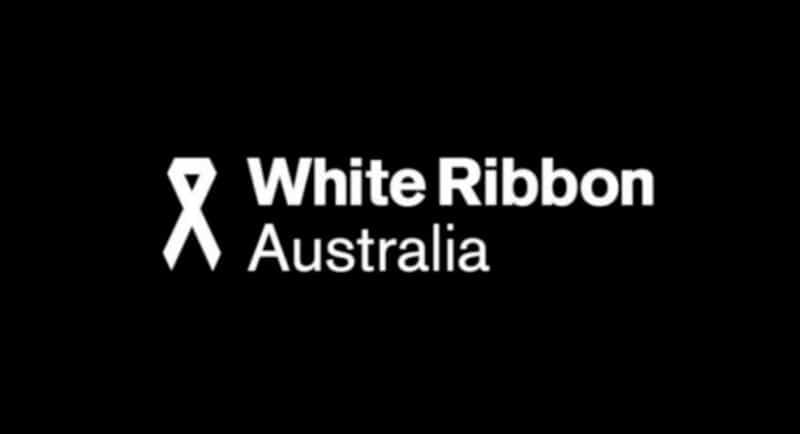Barely a week goes by within the advertising and communications industry without an agency winning a new account, and by and large it’s a positive outcome – more business, a new approach, fresh ideas.
Not all accounts are created equal though.
Some, such as the recent White Ribbon account win by Innocean this week come with complex communication challenges, significant strategy shifts and persistent perception problems.
It is, without doubt, an organisation with seemingly noble – and necessary – aims (although they’re not always crystal clear).
At various points, the organisation has been about raising awareness of the perils and scourge of domestic violence in this country. Once the awareness was undoubtedly there, but the needle wasn’t moving, it oscillated between wanting to ignite conversations, tackling the problem more head-on and bringing more people into the circle of trust.
Despite its noble aims, its communications strategy, its events and its campaigns have been accused of everything from being tone deaf and tokenistic to traumatic.
Was it about action or activations?
Tactically, it’s a challenge to claw back from being called an organisation which is potentially “doing more harm than good to the wider cause” – not exactly on brand for a “harm prevention” body.
White Ribbon is not unaware of this issue.
It has previously vowed to end tokenism, and admitted it had strayed from its core message. This, it acknowledged, allowed a perception to flourish that it believed symbolic gestures were enough. (Tokenism by another name?)
It has faced valid criticism for everything from a “Cheese for Change” campaign and its most recent effort of using jet skis on Sydney Harbour to create whitewash in the form of a white ribbon.
Its advocates said such a prominent display would ignite conversations.
Its detractors – which also point out White Ribbon is likely diverting funds away from struggling frontline services – say we’re past the point of needing stunts and polite conversation starters.
Action not activations.
In the endless headlines, White Ribbon ended up somewhat distancing itself from the jetski jaunt.
The stunt was then said to be beyond the organisation, something that was part of wider community initiatives throughout the day.
Tactically though, it’s a bizarre stunt to be anywhere near when you’ve said it’s no longer about symbols, gestures and tokenistic headlines.
In light of this, the organisation’s purpose, position and performance remains, rightly, under scrutiny.
And that’s to say nothing of various spokespeople and ambassadors who have said and done problematic things in the very space they are meant to be transforming.
You can’t just whack a white ribbon on it, or rev up the jet ski.
There’s an entire ocean between what White Ribbon could be communicating and the strategies it could employ to better this critical issue, and the headlines it’s actually achieved in recent years.
Innocean is said to be working on a new brand architecture, communications plan and content strategy, all with the aim of bringing a greater focus to “thought leadership” and primary prevention.
In the press release, national director of the charity, Allan Ball, praised the agency’s role in making this change.
“From community engagement activities and prevention strategies, to our collective efforts in advocacy – such as including coercive control into legislation – we’re working hard every day to end men’s violence against women,” he said.
“Innocean will be key in us achieving this goal and ensuring men have a role to play in both the conversation and creating change.”
He noted Innocean’s CEO, Jamin Bedir, and her team are partners who genuinely understand how to build brands, share White Ribbon’s views on the job at hand, and are well-versed in the necessary messaging.
Let’s hope the waves of change this time are real and effective, and not just created by jet skis.
